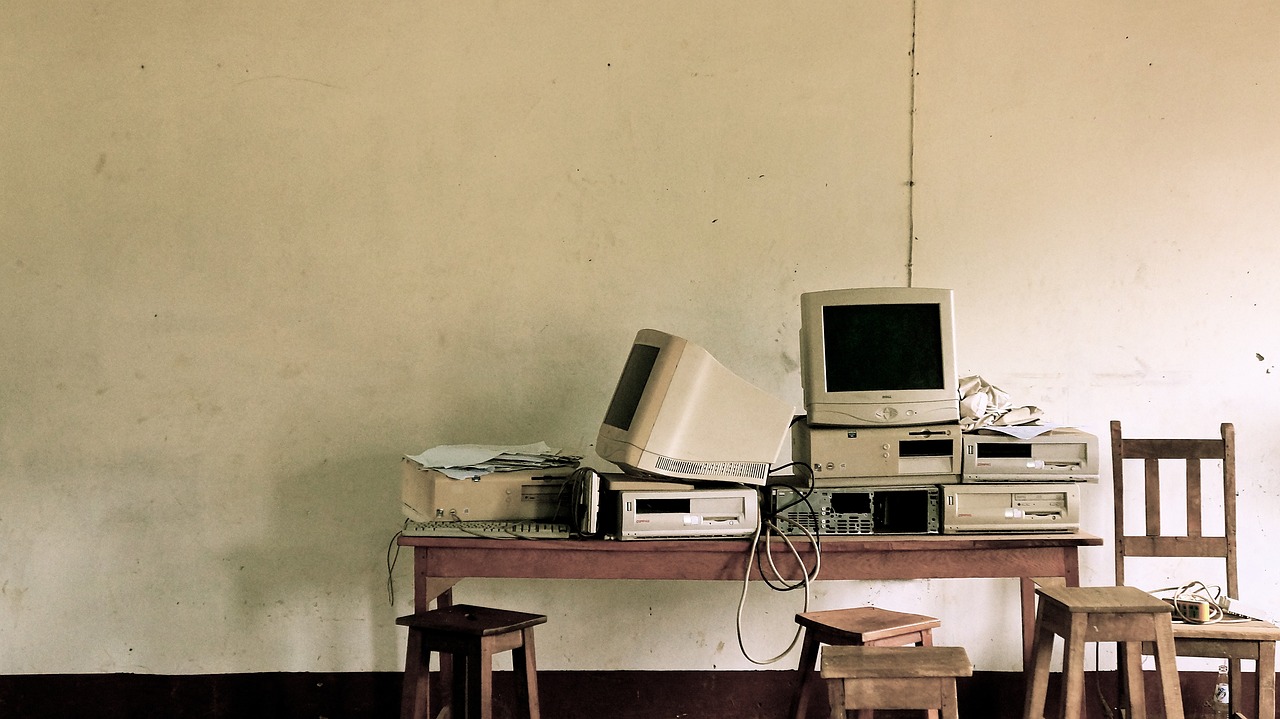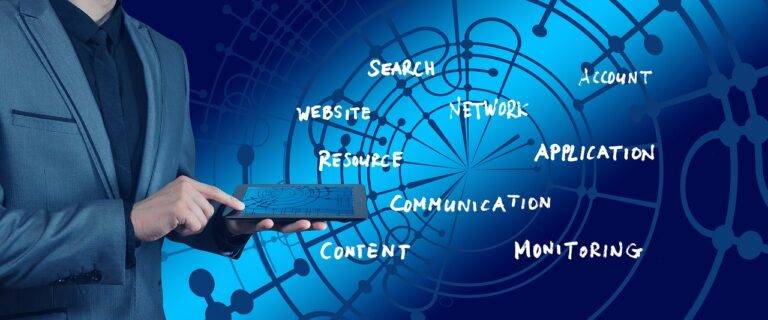Exploring the Use of Drones in Agriculture: Precision Farming Applications
Drones have emerged as a game-changer in the field of agriculture, offering innovative solutions to longstanding challenges. By incorporating drone technology, farmers are able to efficiently monitor their crops, assess plant health, and identify areas that require special attention. The ability of drones to cover large areas quickly and capture high-resolution imagery has revolutionized the way farmers make informed decisions to optimize crop yields and minimize resource wastage.
Moreover, the use of drones in agriculture has paved the way for enhanced precision farming practices. These aerial vehicles equipped with advanced sensors can collect valuable data on soil conditions, crop growth stages, and pest infestations with unparalleled accuracy. This precise information empowers farmers to apply targeted interventions, such as applying specific amounts of fertilizers or pesticides only where needed, thereby promoting sustainable farming practices and increasing overall productivity.
• Drones can efficiently monitor crops and assess plant health
• Drones can identify areas in need of special attention
• Drones cover large areas quickly and capture high-resolution imagery
• Enhanced precision farming practices with drones equipped with advanced sensors
• Data collected by drones on soil conditions, crop growth stages, and pest infestations is accurate
• Farmers can apply targeted interventions based on precise information from drones
Benefits of Using Drones for Precision Farming
Drones have revolutionized precision farming by offering farmers a bird’s eye view of their fields with high-resolution imagery. This technology allows for detailed monitoring and analysis of crops, leading to targeted interventions that can optimize yields and reduce resource wastage. By identifying issues such as water stress, nutrient deficiencies, or pest infestations early on, farmers can take proactive measures to address these challenges efficiently.
Moreover, the data collected by drones can be integrated with advanced analytics and machine learning algorithms to generate valuable insights for decision-making. This enables farmers to make informed choices regarding planting schedules, irrigation strategies, and crop protection measures. The speed and accuracy of drone data analysis empower farmers to enhance their farming practices, increase productivity, and ultimately, contribute to sustainable agriculture.
How Drones Improve Crop Monitoring
Drones play a valuable role in revolutionizing crop monitoring techniques for farmers worldwide. These aerial vehicles equipped with high-resolution cameras provide real-time images of fields, allowing for early detection of crop diseases, nutrient deficiencies, and irrigation issues. By gathering precise data on crop health and growth stages, drones enable farmers to make informed decisions to optimize their yields.
Furthermore, the ability of drones to cover large agricultural areas quickly and efficiently sets them apart from traditional methods of crop monitoring. With their agility and precision, drones can navigate through fields and capture detailed images that aid in identifying specific areas that require attention. This not only saves time and labor but also ensures that farmers can promptly address any issues that may affect their crop production.
How do drones improve crop monitoring?
Drones equipped with specialized sensors can provide high-resolution imagery of fields, allowing farmers to closely monitor crop health, detect pest infestations, and identify areas in need of irrigation or fertilization.
What are the benefits of using drones for precision farming?
Using drones for precision farming can lead to increased crop yields, reduced input costs, and more efficient use of resources. Drones can also help farmers make data-driven decisions to optimize their farming practices.
How can drones be used in agriculture?
Drones can be used in agriculture for various purposes, including crop monitoring, field mapping, livestock management, and spraying pesticides or fertilizers. They can cover large areas quickly and provide valuable insights to farmers.
Are drones easy to operate for crop monitoring?
While operating drones for crop monitoring does require some training and expertise, many drones are user-friendly and come with automated flight modes. With practice, farmers can learn to effectively use drones for monitoring their crops.





